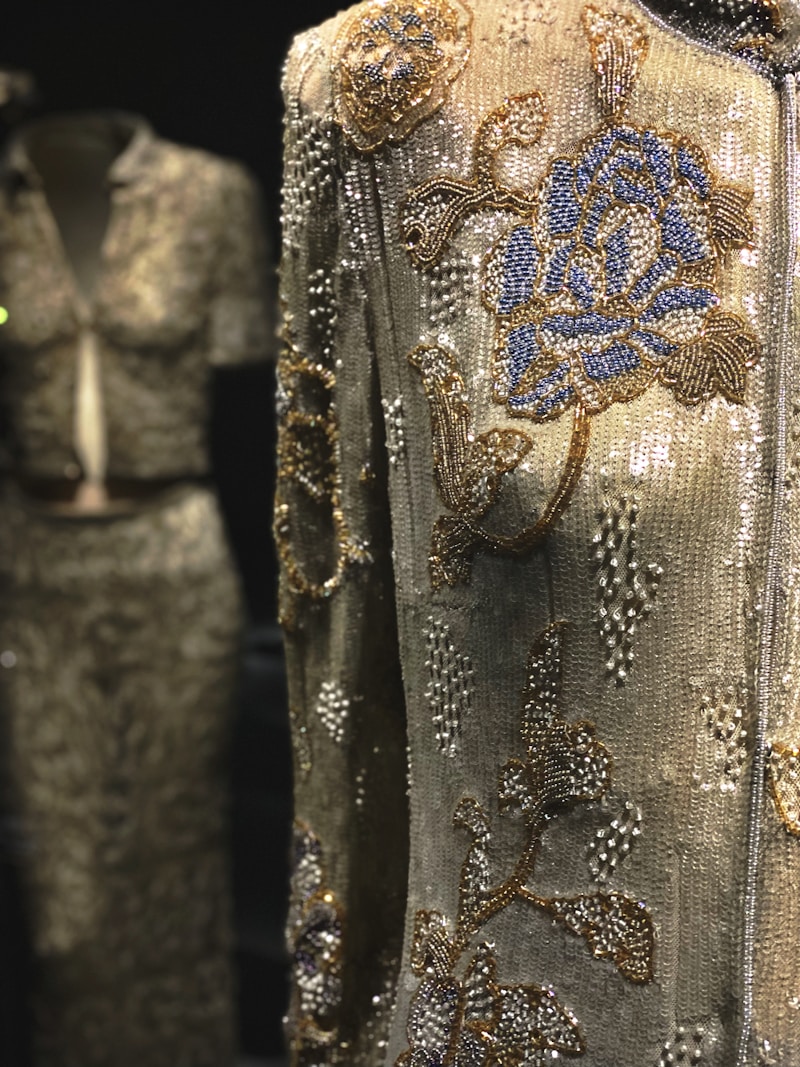Experimenting with Textures in Wedding Dresses: A Guide to the Latest Trends
Understanding the Importance of Texture in Wedding Dresses
When it comes to wedding dresses, most brides focus on silhouette, color, and fabric. However, one crucial element that can transform the overall look of a gown is texture. Experimenting with textures in wedding dresses is not just a trend; it can create unique visual appeal and enhance the emotional resonance of the special day. In this article, we will explore various textures, how to incorporate them into your wedding dress, and the latest trends in the wedding fashion industry.
Why Texture Matters in Wedding Dresses
Texture adds depth and character to wedding dresses. A gown that merely has a flat surface can often feel one-dimensional and uninspired. By integrating different textures, bridal designers can evoke specific emotions and styles. Textures can influence the look and feel of the wedding as a whole, making them pivotal in achieving the right bridal aesthetic.
Types of Textures to Consider
| Texture Type | Description |
| Lace | Classic and romantic, lace adds intricate details and elegance. |
| Ruffles | For a playful and whimsical look, ruffles create volume and movement. |
| Beading | Beaded textures signify glamour and sophistication, perfect for evening weddings. |
| Silk | Silk provides a smooth and luxurious finish, creating a soft silhouette. |
| Tulle | Lightweight and airy, tulle adds layers and ethereal charm to gowns. |
Popular Textured Wedding Dress Styles
As you consider your options for experimenting with textures in wedding dresses, here are some popular styles that brides are gravitating towards:
1. Bohemian Styles
Bohemian weddings allow for a relaxed atmosphere, and this often reflects in the choice of wedding dresses. Textures such as macramé and lace overlays can create a dreamy, vintage look. As many brides choose outdoor settings, fabrics that flow with the wind, like chiffon or tulle, are ideal for capturing that ethereal vibe.
2. Minimalist Approaches
On the flip side, minimalist wedding dresses utilizing bold textures can make a striking statement. Crisp fabrics with architectural elements, such as structured satin or organza, offer a sleek and sophisticated aesthetic. Think of a simple, elegant gown with a unique twist in the fabric's texture, elevating its minimalistic appeal.
3. Classic and Timeless
For brides aiming for a traditional wedding aesthetic, fabrics like silk Mikado or richly embroidered satin bring a luxurious feel to the gown. The textures of these materials can enhance the classic design, making it feel updated while still retaining its timeless essence.
How to Choose the Right Texture for Your Wedding Dress
Selecting the right texture for your wedding dress involves more than just personal preference; it should also consider the season, venue, and personal style. Here are a few tips to guide your decision:
- Think about the season: Lighter textures like tulle are suitable for summer weddings, while heavier fabrics such as silk or brocade work well for winter.
- Venue Matters: If you're getting married in a rustic barn, a gown with lace and natural fabrics can harmonize beautifully with the surroundings, whereas a formal venue might call for something more structured.
- Your Personal Style: Your wedding dress should reflect your unique personality. If you lean towards vintage, consider intricate lace or beaded designs; if you prefer modern styles, look for minimal textures that offer a contemporary edge.
Trendy Textures to Look Out For
The wedding fashion industry is constantly evolving, and so are the textures brides are choosing. Some current trends include:
- 3D Floral Appliques: Adds a romantic and ethereal touch to gowns, creating depth and a unique visual appeal.
- Mixing Textures: Combining fabrics like lace with silk or tulle with satin can give a dynamic and modern look to traditional designs.
- Velvet: This rich and sumptuous fabric is making a comeback, offering a distinctive touch for winter weddings.

Customizing Your Wedding Dress Texture
If you want a truly unique look, consider customizing the texture of your wedding dress. Many designers and boutiques offer customizable options, allowing brides to choose from various fabrics and textures. You can incorporate elements that reflect your story or relationship, such as incorporating lace from a family heirloom or a specific beadwork design that holds sentimental value.
Conclusion: Embrace the Texture
Experimenting with textures in wedding dresses opens up a world of creativity and personalization. Whether you’re opting for classic, modern, or bohemian styles, the right texture can elevate your gown’s aesthetic, making it truly unforgettable. Remember that selecting textures is not just about appearance—consider the practicality of your choice based on your wedding season and venue. Ultimately, your wedding dress should make you feel confident and beautiful as you celebrate your special day.
Final Tips: Don't be afraid to mix textures, and trust your instincts when choosing what feels right for you. Take your time during fittings to see how different fabrics interact and how they might enhance your overall look. Happy wedding planning!